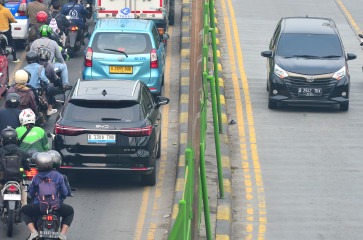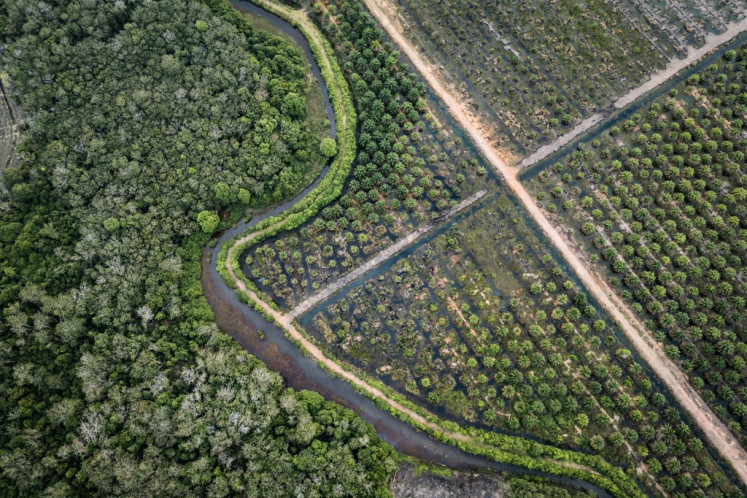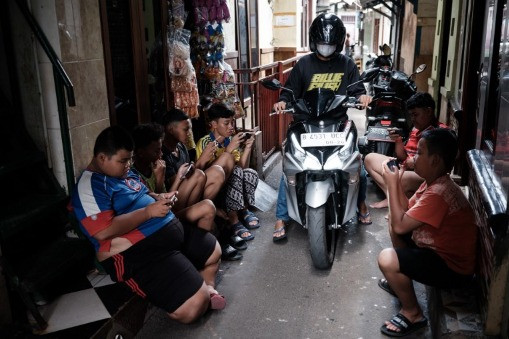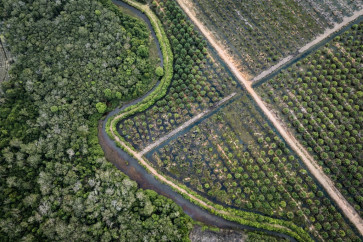Popular Reads
Top Results
Can't find what you're looking for?
View all search resultsPopular Reads
Top Results
Can't find what you're looking for?
View all search resultsRedefining protection: Investing in a community-led forest economy
Despite millions of dollars poured into climate action, only a small fraction reaches the communities that have kept their forests standing for generations.
Change text size
Gift Premium Articles
to Anyone
D
uring the COP30 Leaders’ Summit in Belém, Brazil, the host country's President Luiz Inácio Lula da Silva announced the launch of the Tropical Forest Forever Facility (TFFF), marking a milestone in public–private collaboration to safeguard the world’s most critical tropical forests.
Among the 53 endorsing countries, Norway, Brazil and Indonesia have made the most significant financing commitments to the TFFF. With 20 percent of the funding intended to be disbursed directly to indigenous peoples and local communities (IP & LCs), this initiative represents a new era in climate action, one that places people at the heart of forest protection.
Although this is a promising start, many still cling to the false binary, seeing forest protection and long-term economic growth and development as contradictory goals. A recent study reported that only 3 percent of international aid supports a just transition, helping workers and communities shift away from polluting industries. This helps explain why, despite millions of dollars poured into climate action, only a small fraction reaches the communities that have kept their forests standing for generations.
Lessons from WRI’s work across countries show that IP & LCs, as frontline forest guardians, face up to three times higher economic vulnerability. Too often, support for these communities stops short of turning environmental stewardship into real, tangible and long-term well-being. Despite IP & LC’s vital role in protecting forests, they still lack legal recognition and access to capital and decision-making power.
This challenge is clearly visible in West Sumatra, where we recently conducted a rapid forest economy assessment. With 54 percent of its area categorized as forest, the province urgently needs a new engine of economic growth, and the forestry sector could be one.
The signs are clear. First, the region’s economic growth has slowed since 2011, after the global commodity boom that once fueled it ended. Growth fell from 6.3 percent in 2011 to 4.36 percent in 2024 according to Statistics Indonesia (BPS). Second, BPS data shows that their economy remains concentrated in five sectors: agriculture (21 percent), trade (17 percent), transportation (11 percent), construction (10 percent) and manufacturing (9 percent). None of these fully reflect the region’s natural strength, which is forestry.
Our preliminary analysis showed the consequence of this imbalance: Districts with greater forest cover contribute more to the regional economy and have lower unemployment, yet face slower growth and higher poverty. In other words, forest-rich regions generate value, yet existing research and data only offer limited insights into how these values translate to local wellbeing and prosperity.


















